The tracks I found around my phenology spot seem to be white-tailed deer tracks. They are hooved, which narrows down the species to moose and deer, but the prints aren’t quite large enough to be moose. The tracks themselves are about 9 cm long and 5 cm wide. At the deepest point, they are about 4 cm deep. The stride is around 33 cm, which is long for a deer, but the size of the tracks still makes me believe they came from a deer, not a moose.
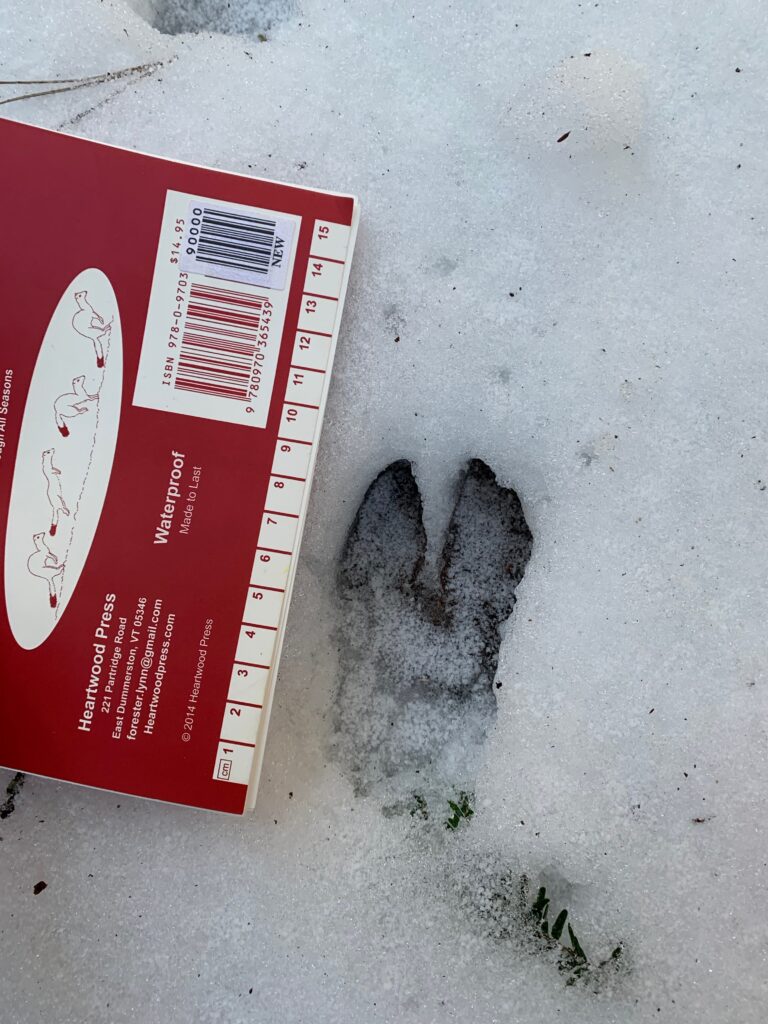
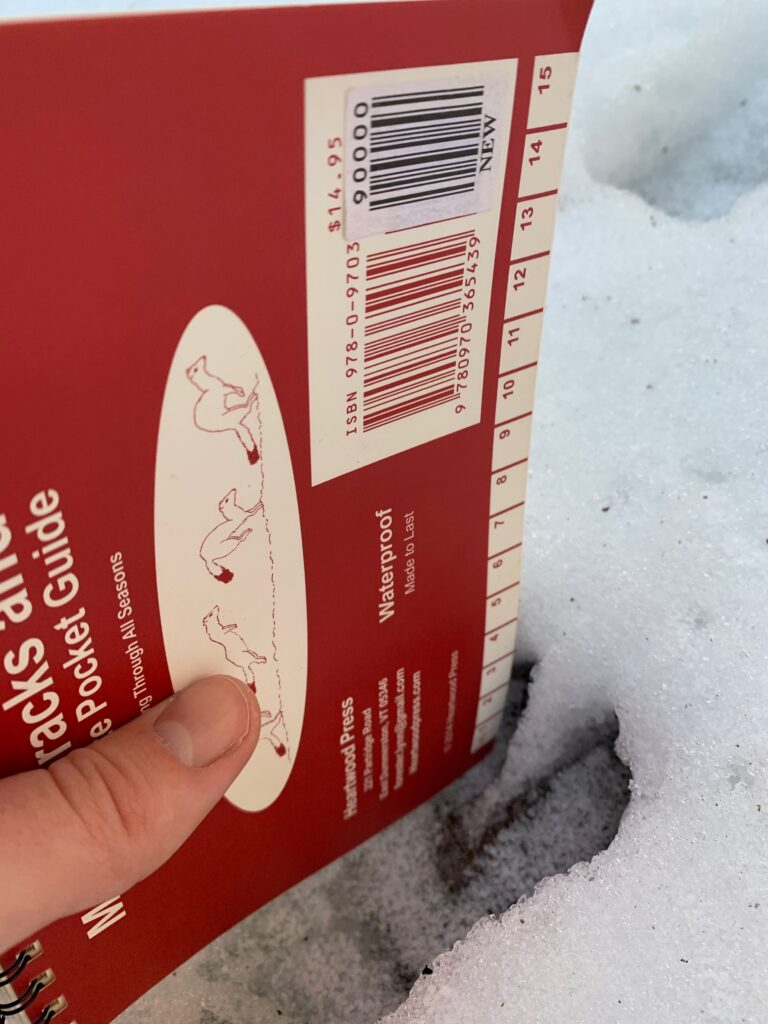

The main tree species at my site are hemlocks since my spot is right by the hemlock grove, so there are not many deciduous trees. However, there are some Norwegian maple trees in the area as well as beech trees.
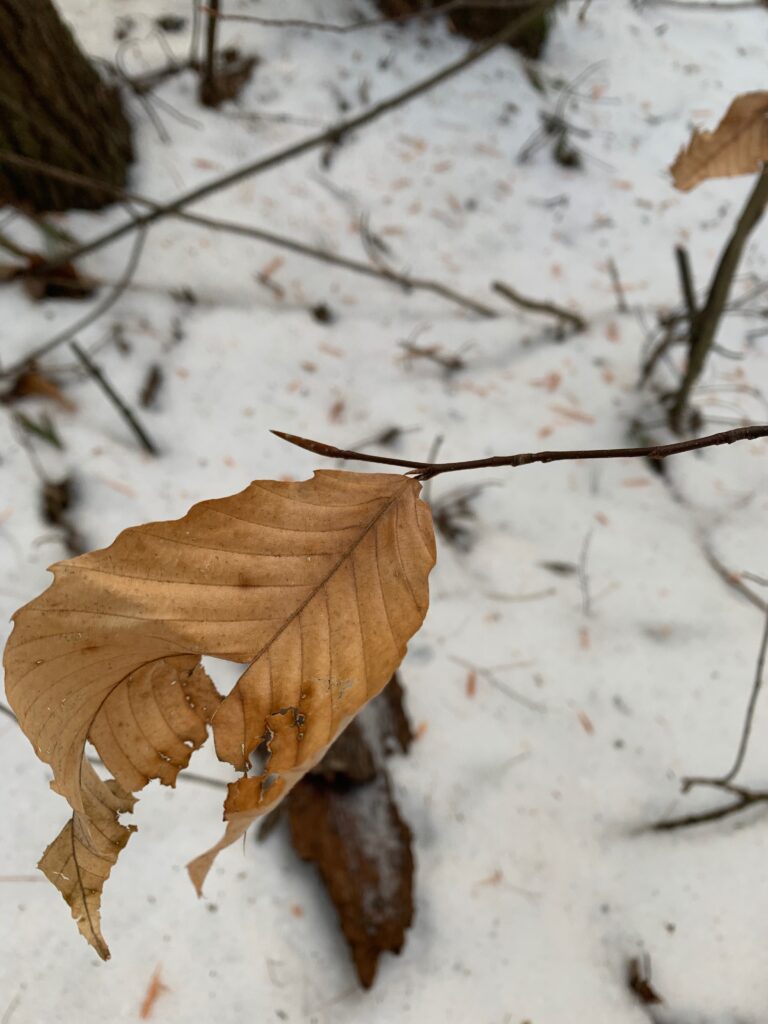
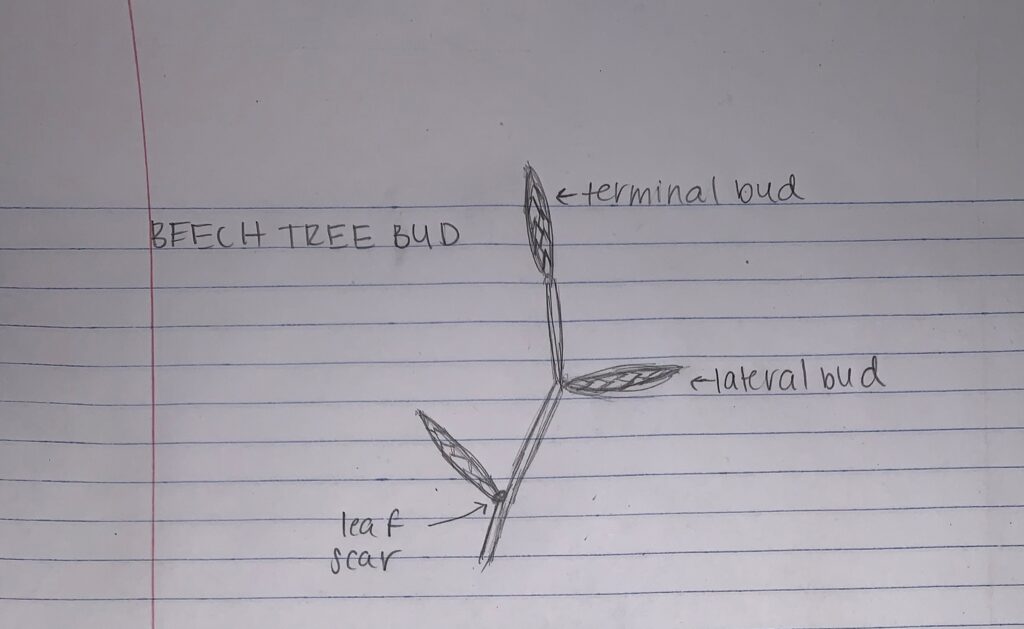
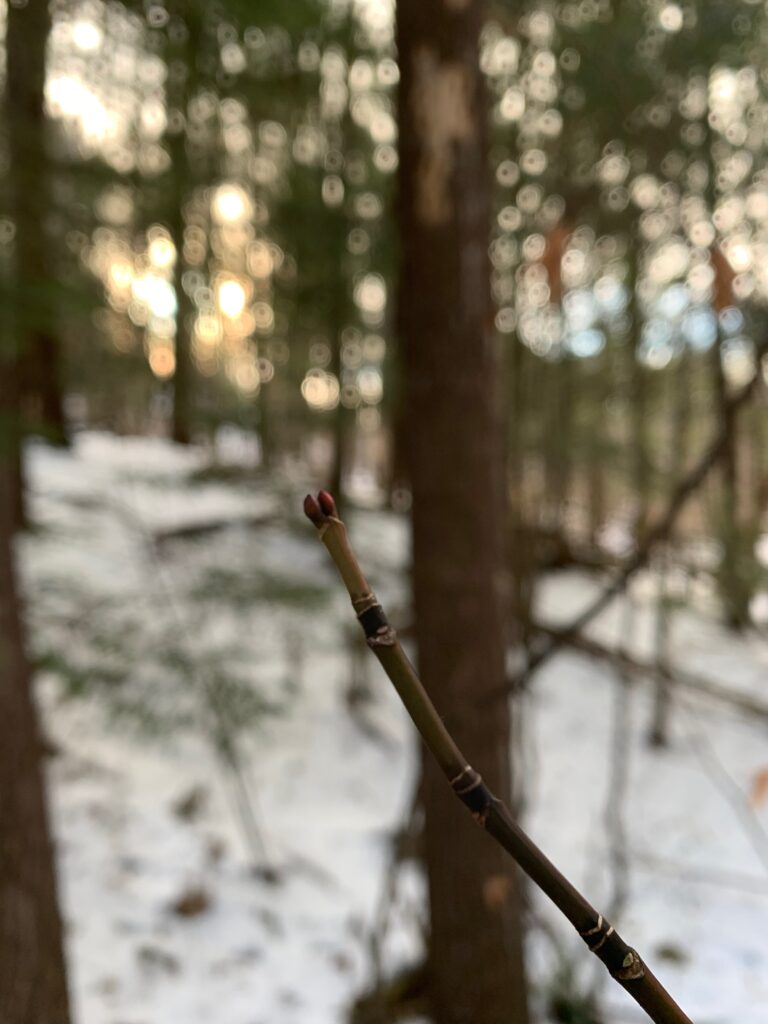
Since my last visit to Centennial Woods, there have not been many phenological changes. The winter still persists in the woods and there is still snow covering the ground. The hemlocks have continued to keep the majority of their needles. The only difference is probably that the beech trees and maple trees have fewer leaves now than before. The brook is still moving and has not yet frozen over.
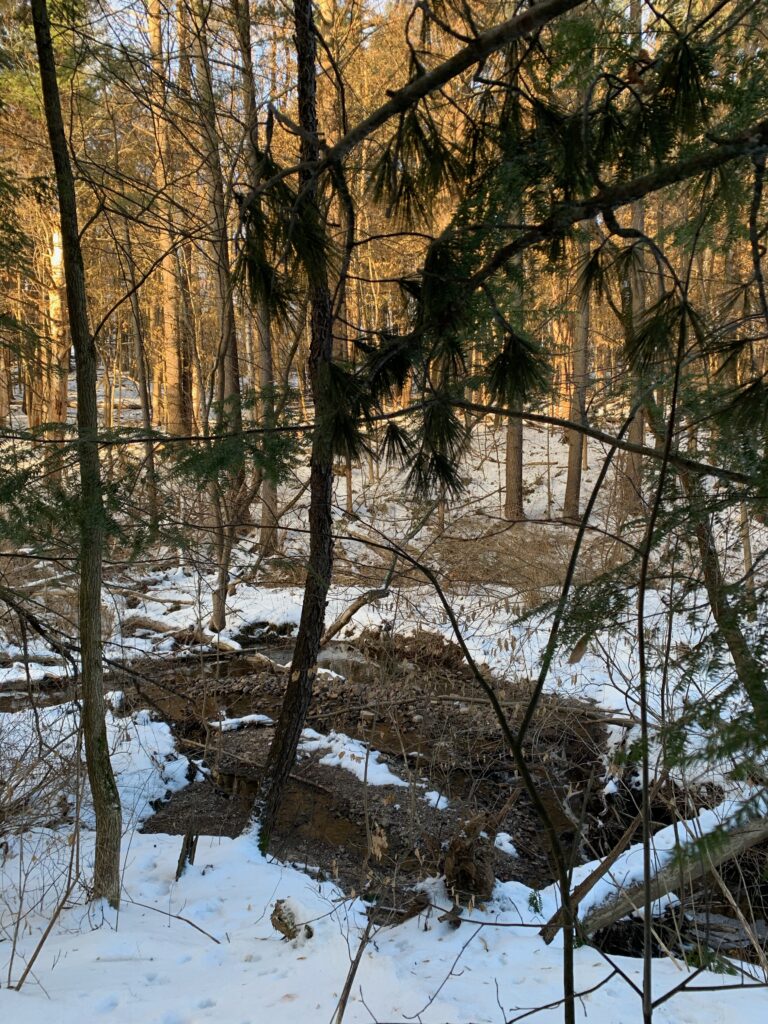


References
Levine, L., & Mitchell, M. (2008). Mammal tracks and scat: life-size tracking guide. East Dummerston, VT: Heartwood Press.McDonald, M. (2020).
McDonald, M. (2020).
